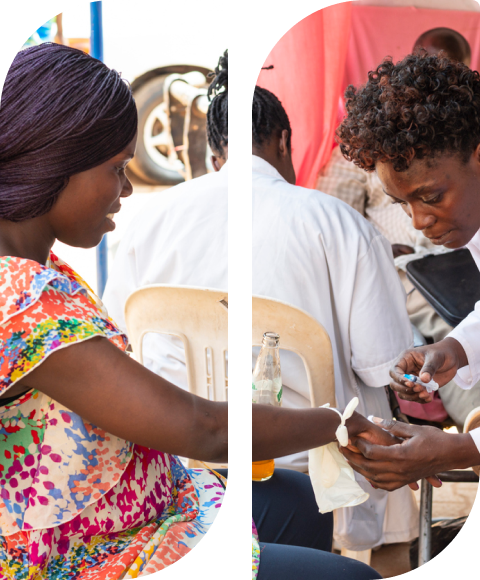
Upgrading health facilities to make them more attractive for deliveries is a vital step in improving maternal health access in Africa. By enhancing the quality, comfort, and appeal of these facilities, more women will be encouraged to seek professional care during childbirth, leading to better health outcomes for mothers and infants. Success will depend on coordinated efforts, sustainable funding, and strong stakeholder engagement.